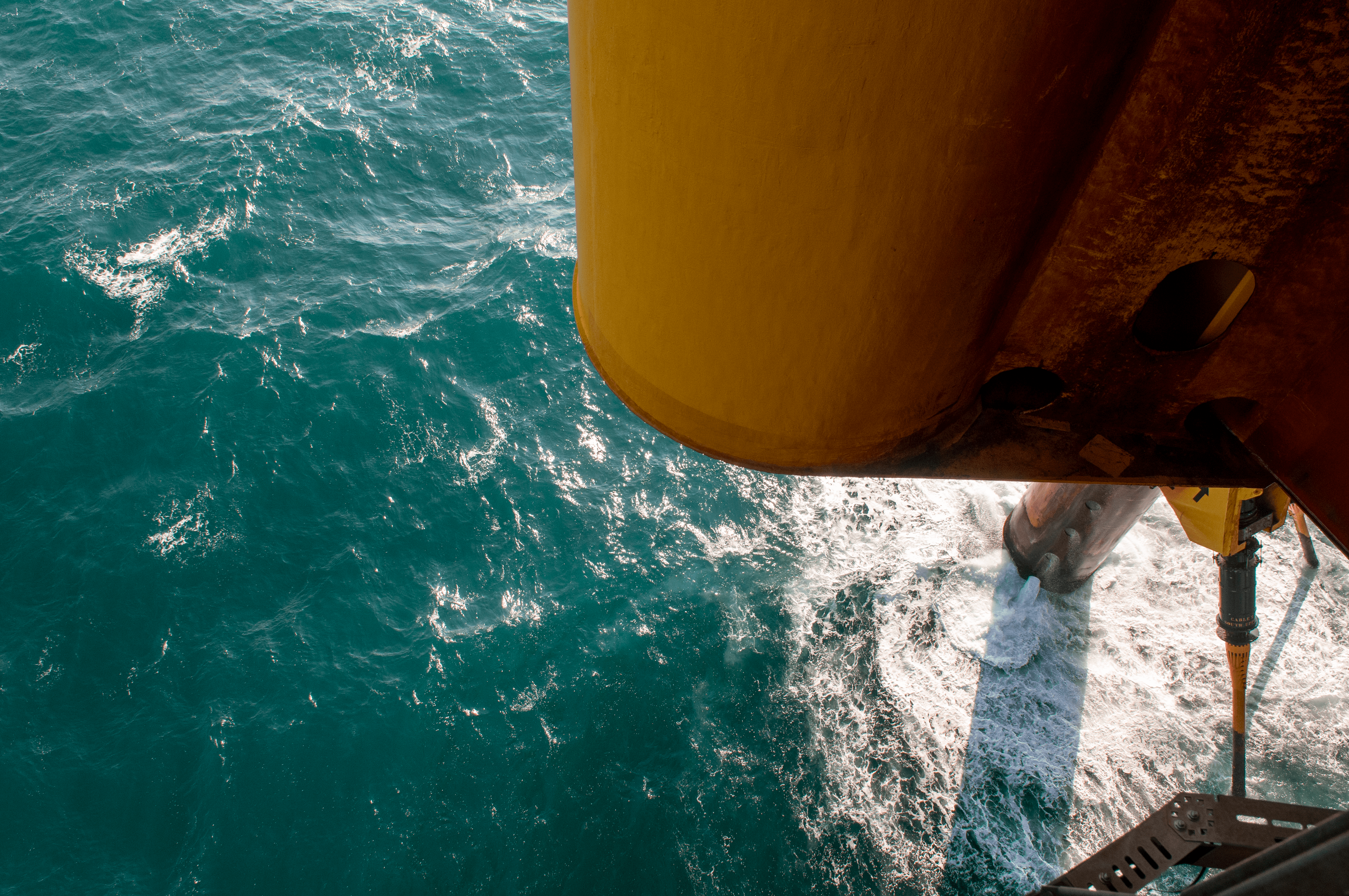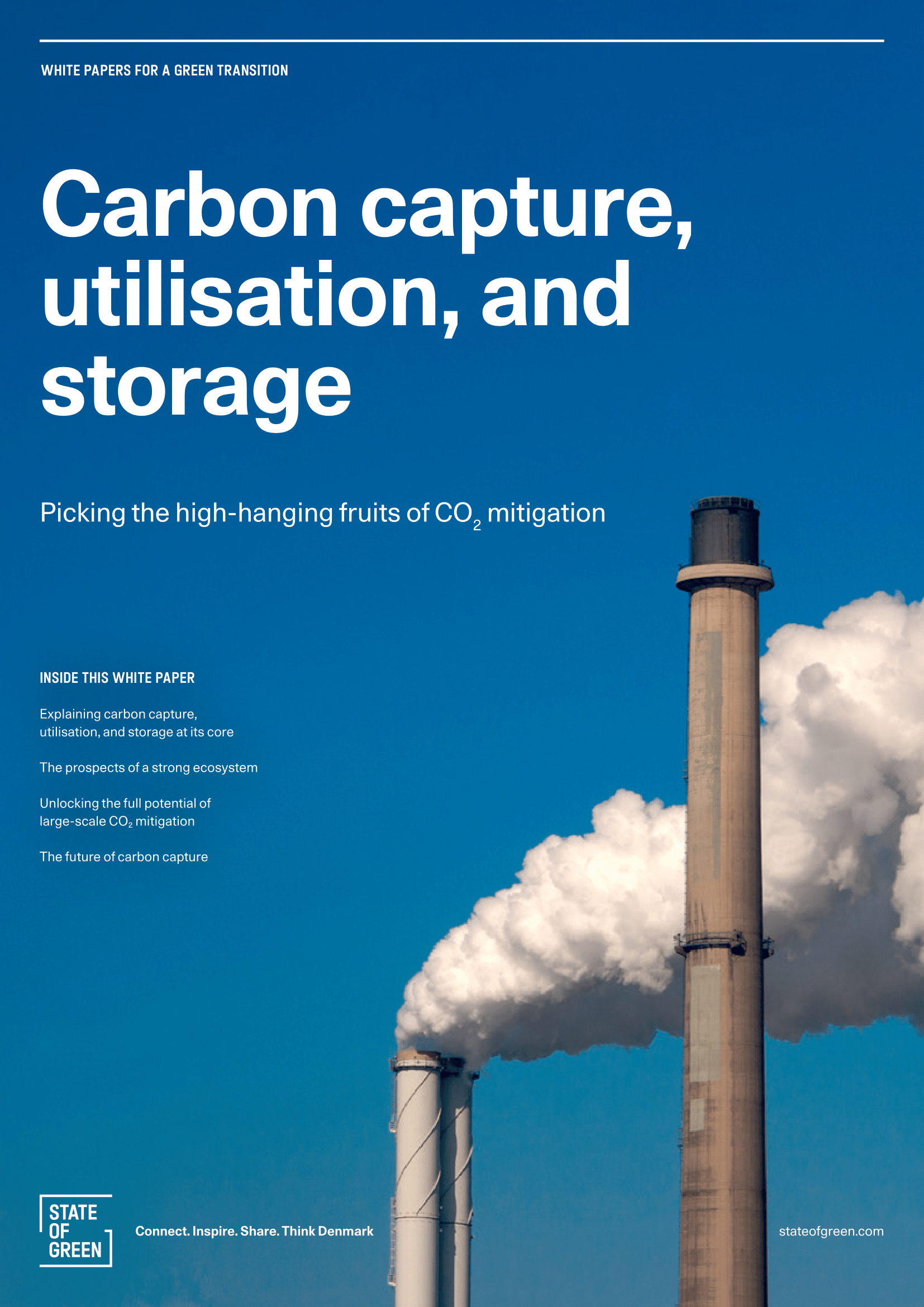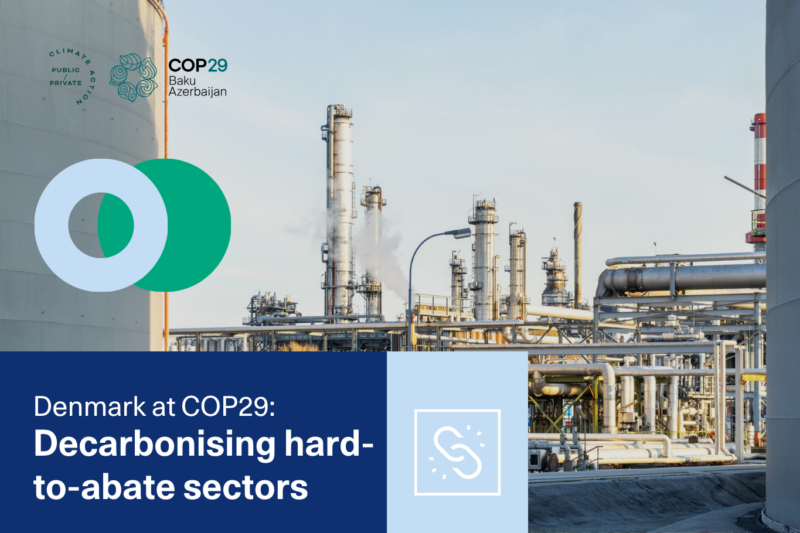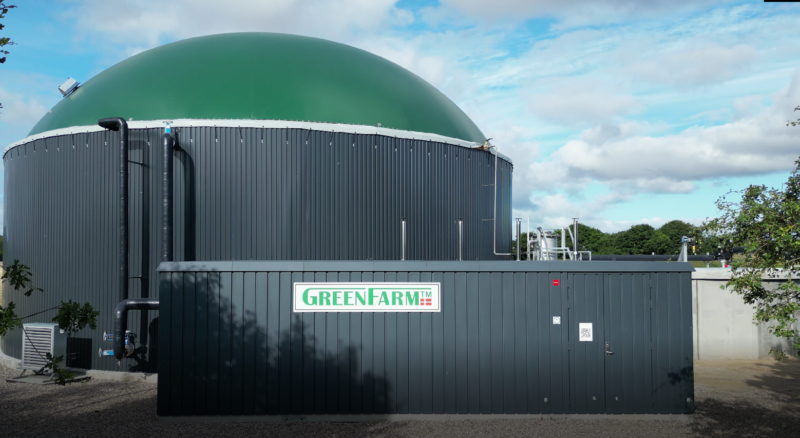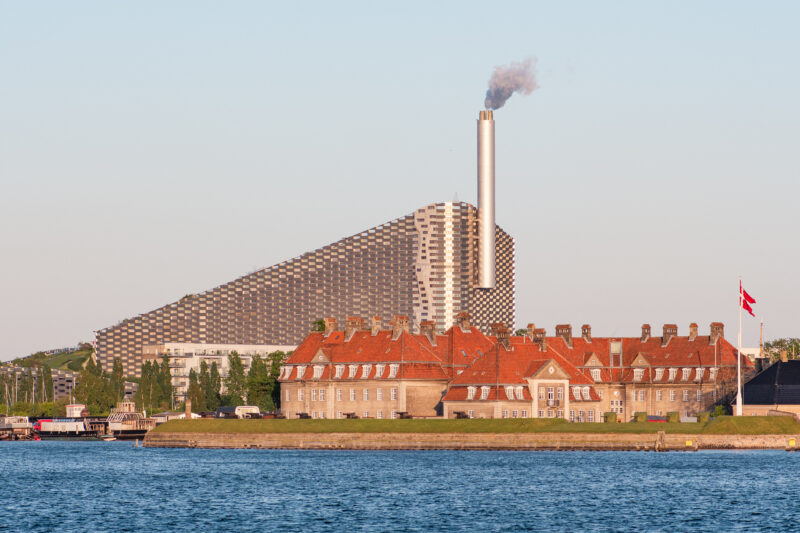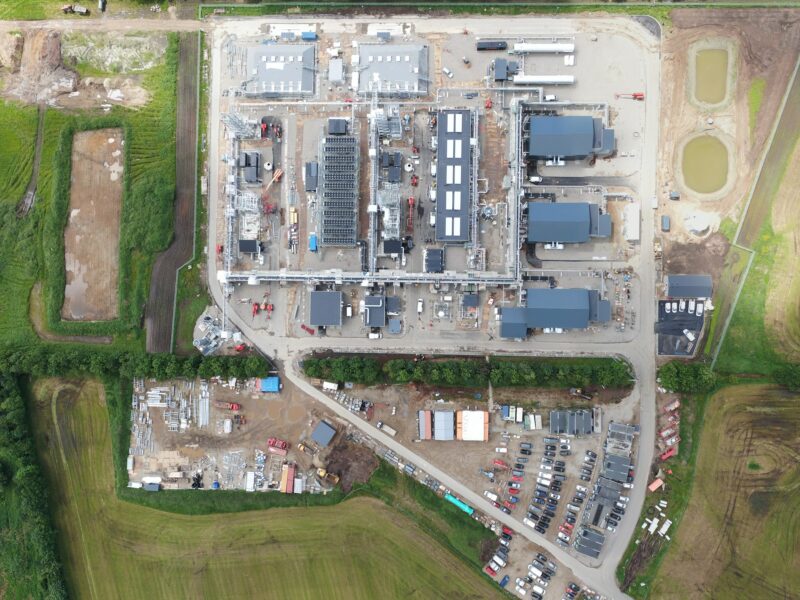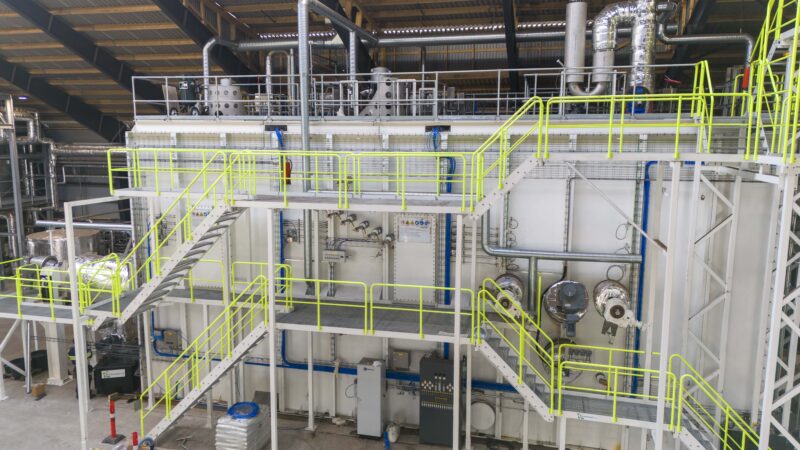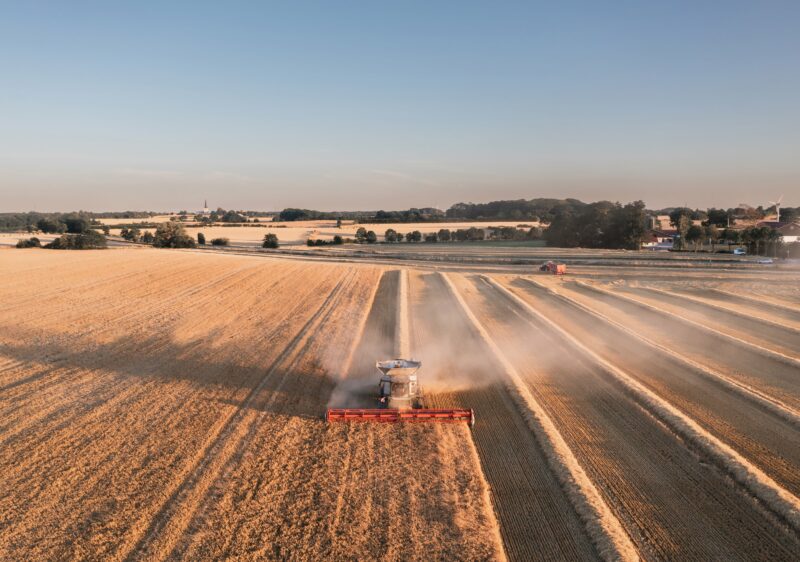On 6 December, the Danish Energy Agency granted permission for INEOS E&P and Wintershall Dea to begin a time- and volume-limited injection of CO2 into the Danish underground in connection with the Greensand Pilot Injection Project.
The permit allows up to 15,000 tonnes of CO2 to be injected in the project’s pilot phase, in the former Nini West oil field in the North Sea, and is valid for a period of four months, expiring on 1 April 2023.
The Danish Energy Agency said its decision had been made based on an overall assessment of the project’s environmental impacts, the applicant’s technical capacity for safe execution, and the applicant’s knowledge of the subsoil as well as the monitoring plan.
“This is the first time that permission has been granted for a CO2 storage project in Denmark. Greensand’s pilot project is an important step in relation to developing the methods and technology for cost-effective and environmentally and safety-responsible CO2 storage in Denmark”, Henrik Sulsbrück, Head of Division at the Energy Agency.
Related news: Denmark set to end all new oil and gas extraction in the North Sea by 2050
Project Greensand’s pilot phase includes pumping CO2 into a sandstone reservoir approximately 1,800 meters below sea level. The sandstone reservoir lies under a series of shale layers that act as a lid, so here the CO2 will be trapped in the porous sandstone cavities.
The project is part of the EUDP-supported “Project Greensand Phase 2 – Enabling environmentally safe and long-term storage of CO2 by 2025” aiming to generate the necessary knowledge to subsequently deliver a storage capacity of 0.5 to 1.5 million tonnes of CO2 yearly from 2025 in the Nini field.
“EUDP received a special pool for CCS projects last year, where the board chose to support two well-qualified projects complementing each other. Project Greensand, one of the two projects, is supported with DKK 197 million, which is a historically high public subsidy. It is satisfying that the project now continues the important work of developing and demonstrating CO2 storage in the North Sea”, Anne Grete Holmsgaard, chairman of EUDP’s board.
